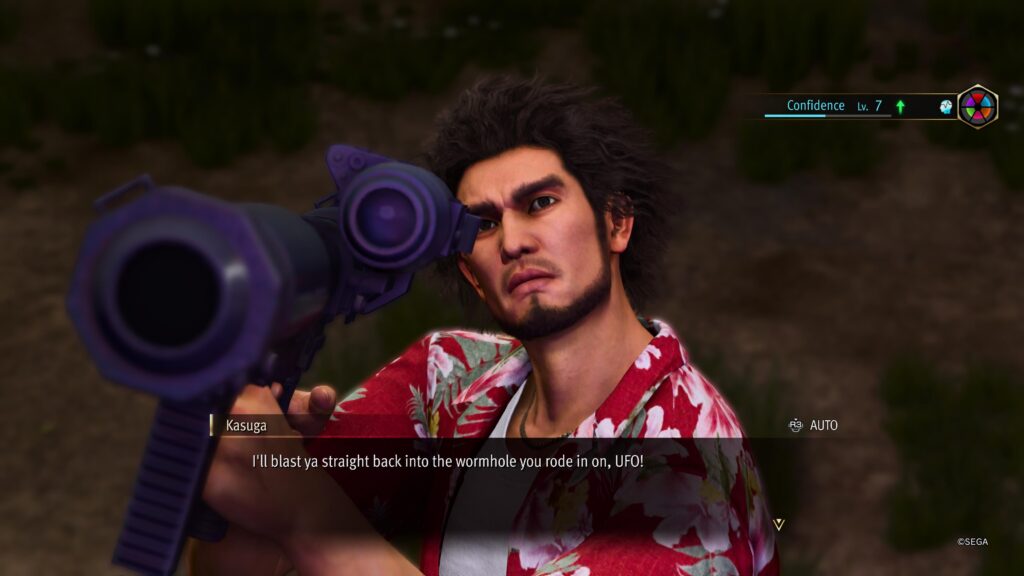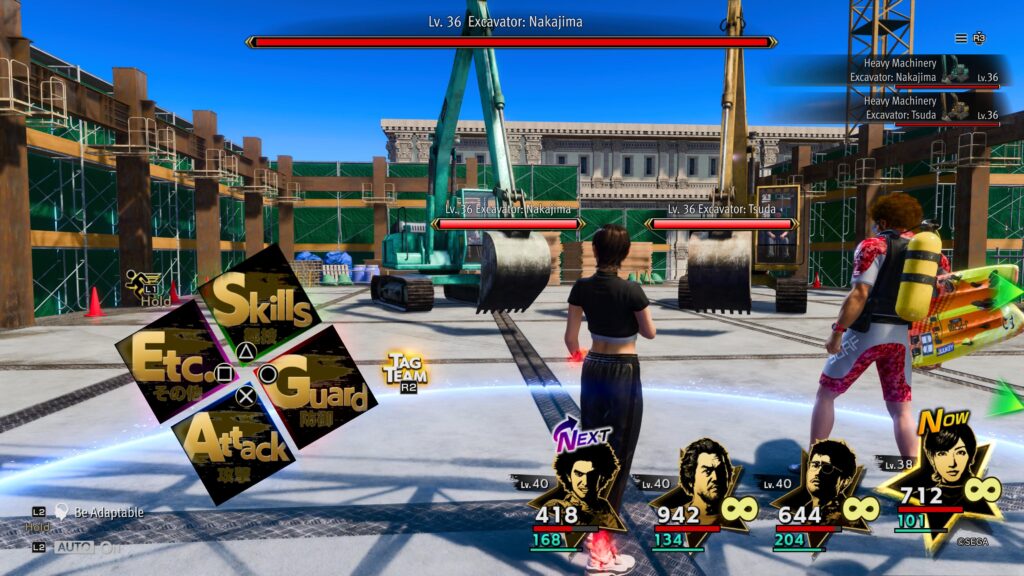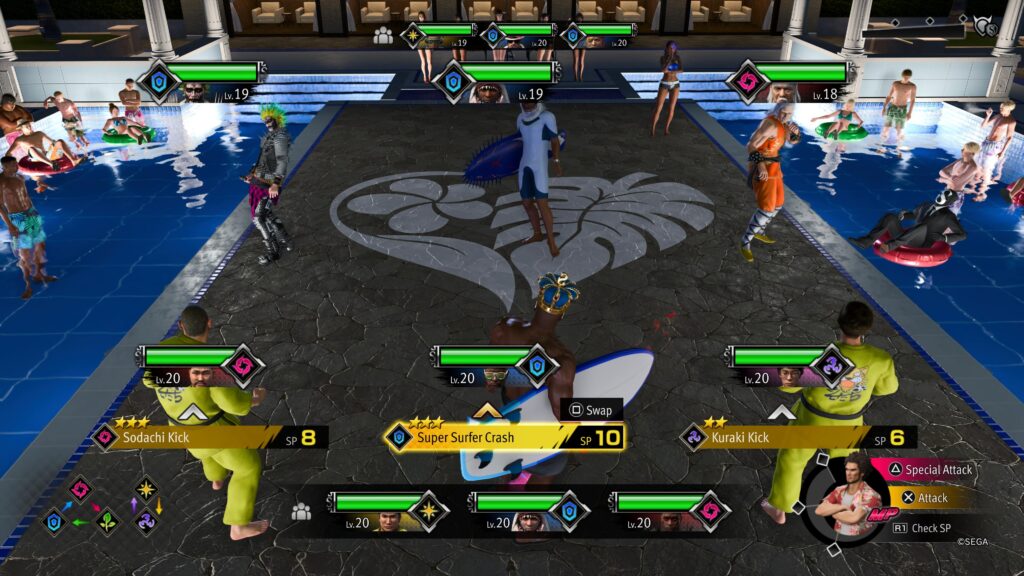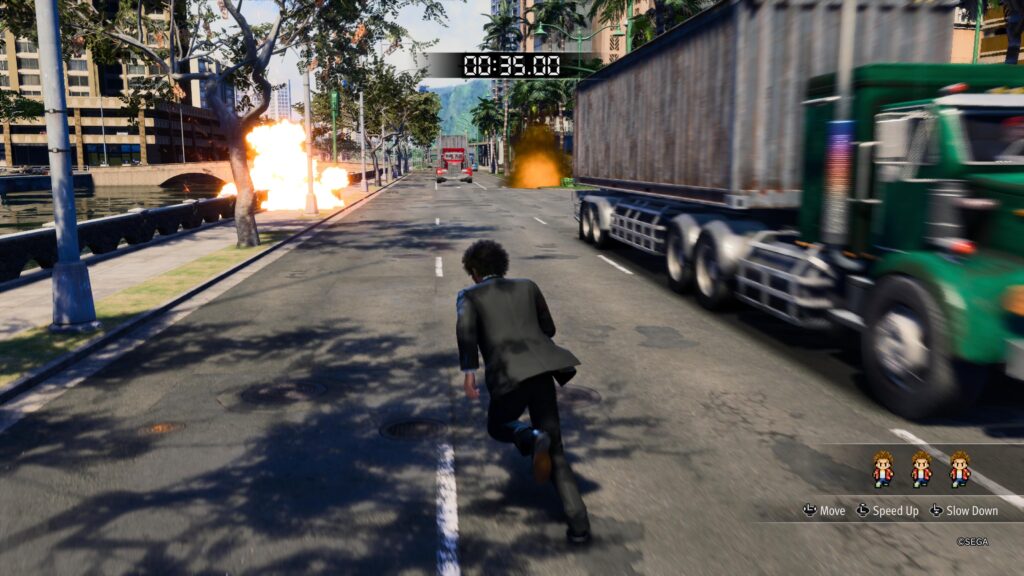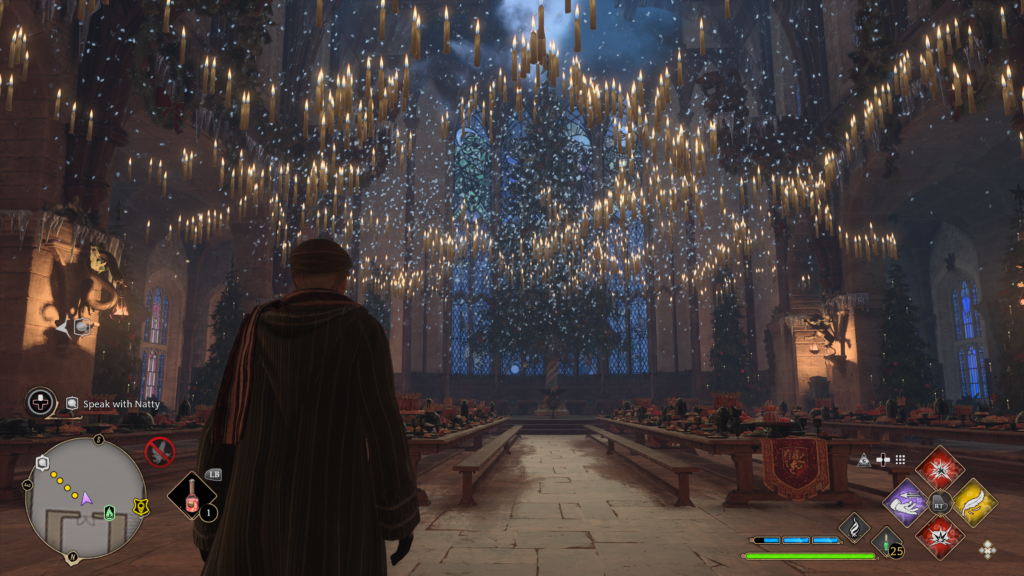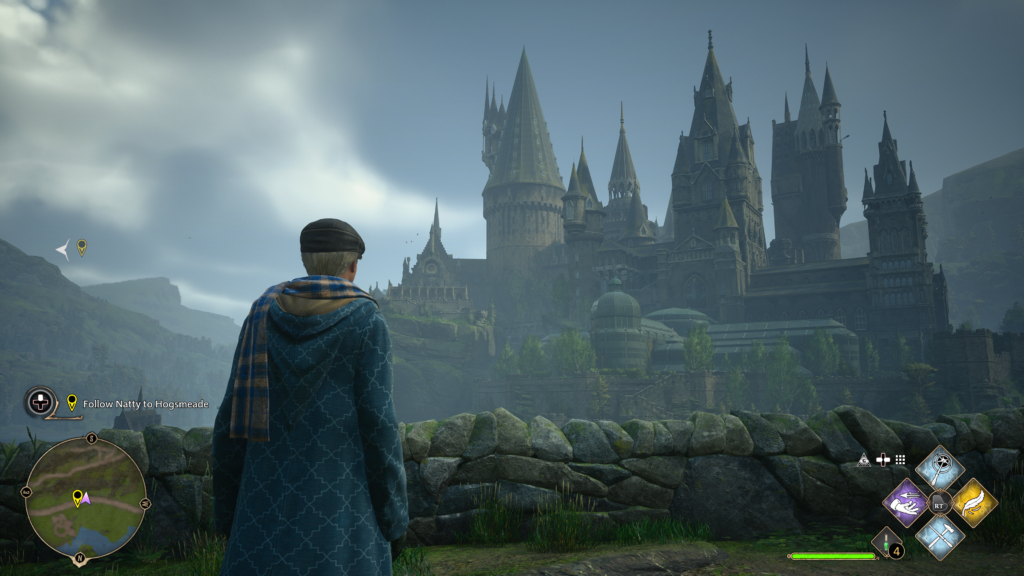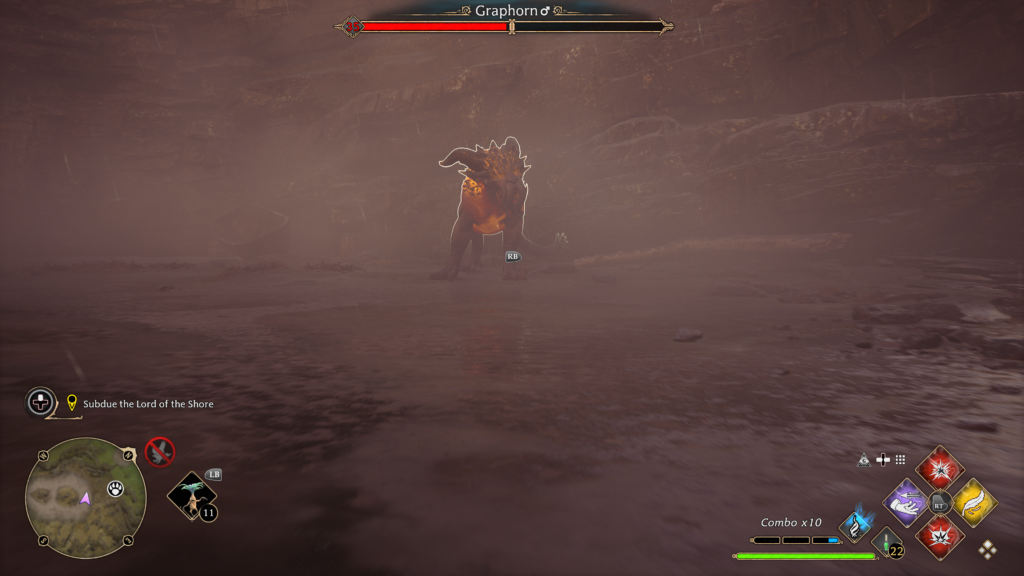More Info from All Possible Futures
- Genre: Action/Adventure
- Platform: PS5
- Also Available On: Xbox Series, Windows, Switch
My initial instinct was to go “well this is an expanded version of Link Between Worlds” and….I guess that isn’t entirely accurate. This game absolutely pulls a lot of mechanics from the top-down Legend of Zelda games. However, it’s not simply a Zelda-style game. It pulls mechanics from all sorts of games of the NES and SNES era. This game is an absolute celebration of late 80s/early 90s games tied together in a modern package.
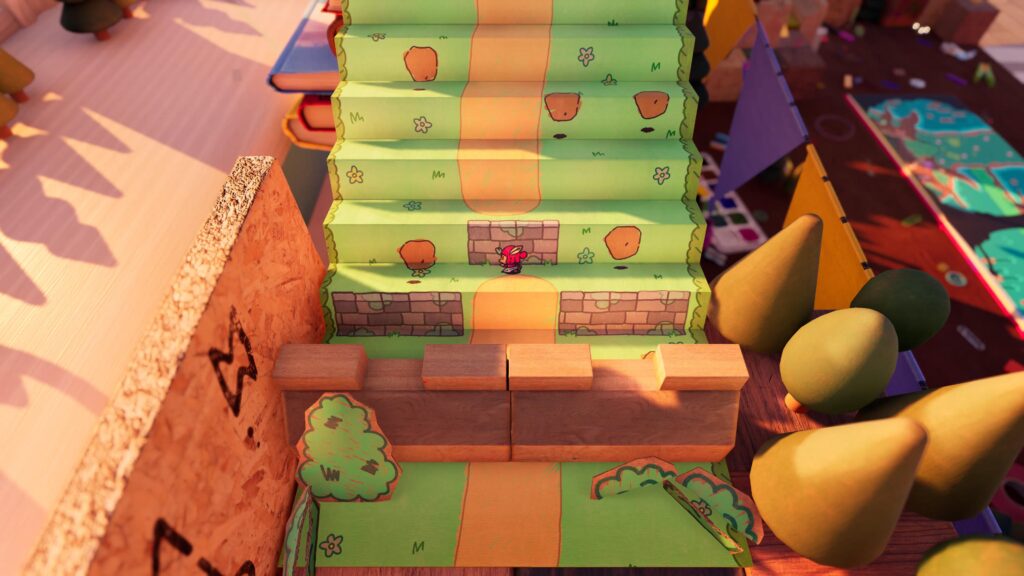
The core gameplay of the game is very much Legend of Zelda though it feels a bit simplified Link to the Past in terms of complexity. You’ve got some basic sword attacks (melee, charge spin attack). Rather than secondary items, you can throw the sword and use a basic jump attack. However, combat is often not the core focus of the game – or at least this style combat is not. It’s there for story reasons, but most of your time is spent elsewhere.
The first place it really strays is the 2D/3D switching mechanic. You can pop in and out of the story book, and the core gameplay doesn’t change much between the two. However, that switch is often used for what are puzzle types that feel unique to this game. Flipping pages to return to past parts of the game for items is an interesting mechanical use of this. Tilting the book to move things around in the book world is an interesting use of this. Pulling items out of 2D space into 3D space to use them in new ways (for example, a jetpack) is an interesting use of this. Adding stamps to the book in 3D space to stop the movement of things in the book is an interesting use of this. It’s all these little things where it becomes clear the book isn’t just set dressing but is instead a core integrated part of the game. These are all puzzle types that are directly in line with this being a “Zelda” experience but end of being completely unique to this game.
It was also visually impressive just how consistent the styles are. Enemy silhouettes are always incredibly important to combat so having these be immediately recognizable in multiple visual styles without thinking is an impressive thing to pull off, even with the simplicity involved. The green guys with pointy hats are obviously ranged in both cases. Yellow guys are obviously melee in both cases. Orange guys obviously throw bombs in both cases. Mice and snakes are obviously the same in both cases. You just look and know how to react despite the changes in gameplay between the two scenarios.
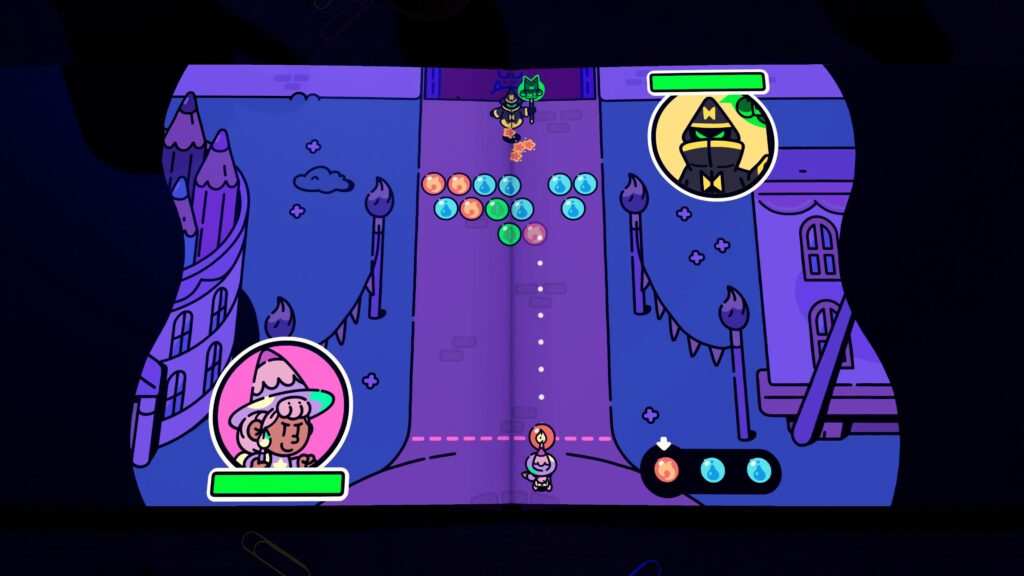
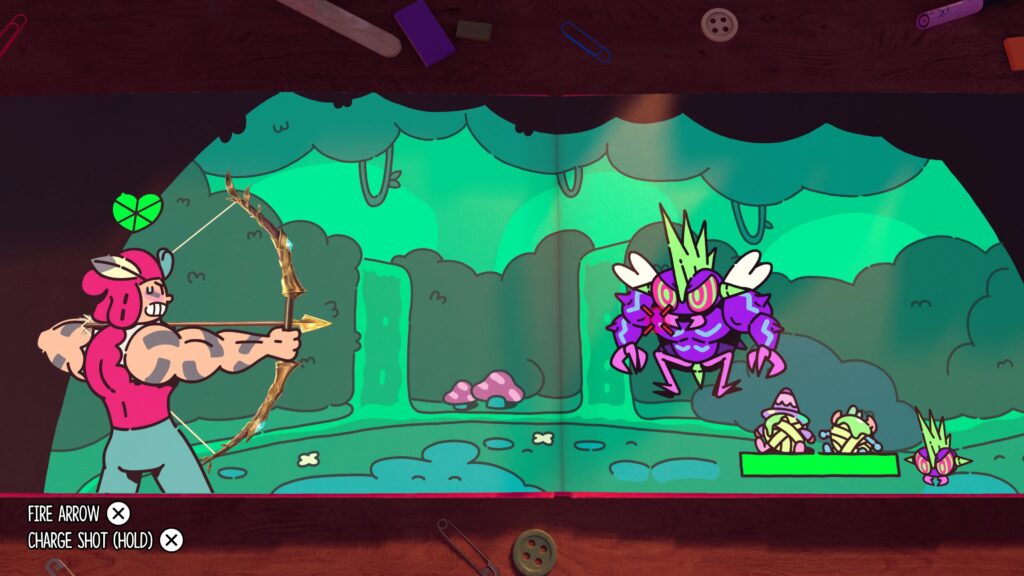
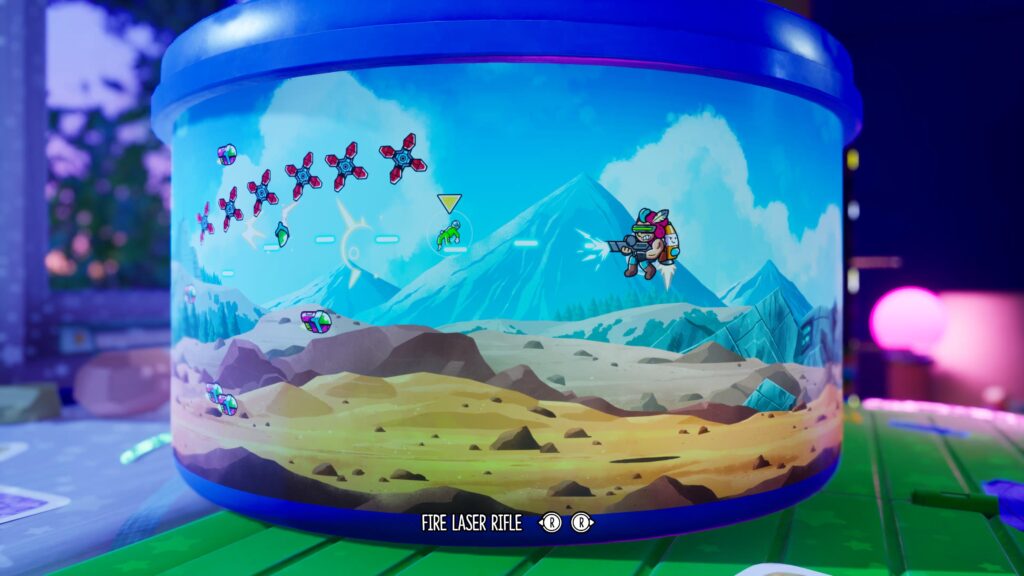
However, the boss fights were the thing that impressed me the most and were also the thing I was not anticipating. Put simply, the boss fights are not Zelda gameplay, and this was probably the smartest decision they could have made. By making the boss fights entirely different, the core combat in the rest of the game was able to be simplified and reduced to only a small necessary segment leaving room for puzzles and unique boss mechanics to shine.
So what do I mean by this not being Zelda gameplay? Well, there’s a boss fight that is entirely the mechanics of Punchout. There’s a boss fight that pulled in Puzzle Bobble mechanics with no direct combat. There’s segments that are side scrolling shooter gameplay wrapping around a bucket. There’s a bullet hell air combat fight. Basically, the bosses are uniquely tied to mechanics that are simultaneously some classic gameplay setup and tied directly to the boss’ visual and story design. It makes an incredible amount of sense to do it this way because each boss can shine independent of the rest of the game, while also allowing it to further reinforce the 2D/3D swapping. It’s something that I didn’t expect going in and completely blew me away.
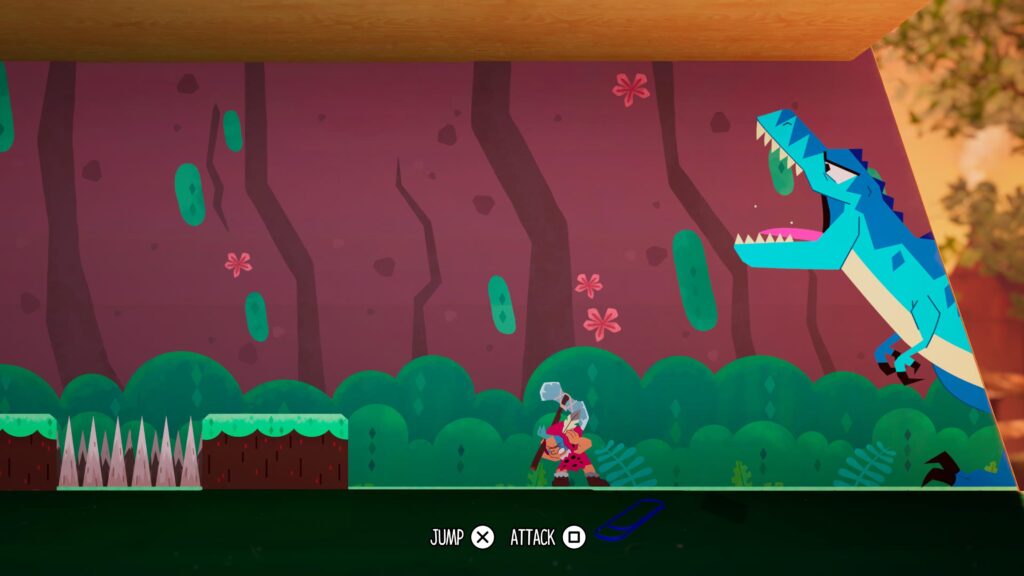
This was a delightful surprise. It exists as the perfect combination of mechanics pulled from other titles tied together in a package that only makes sense because of the game they ended up in. Rather than feeling like it lacked originality, it felt like the originality came from the team putting together a total package that can only work because of how they constructed it. It’s the type of game that you just sit down and have fun with from front to back and wonder why nobody had ever managed to do this before. It’s simply worth playing.


